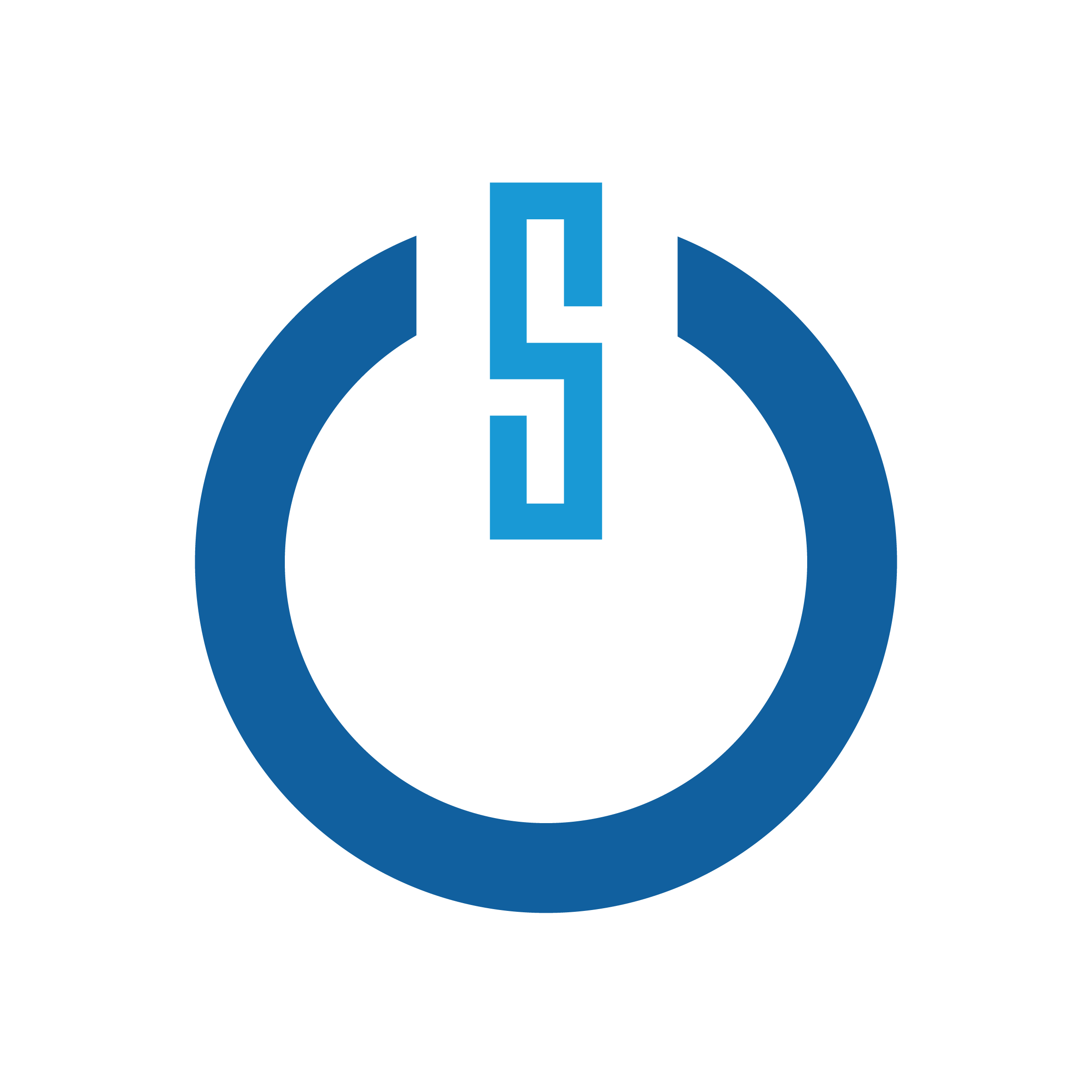A Brief Discussion on Cyber Threat Intelligence Framework
There are many different cyber threat intelligence frameworks available, and the best one for you will depend on your specific needs and resources. Some popular frameworks include:
- MITRE ATT&CK®: This framework provides a comprehensive knowledge base of tactics, techniques, and procedures (TTPs) used by adversaries in cyber attacks. It is widely used by organizations to improve their threat detection and response capabilities.
- ISO/IEC 30141: This is an international standard that provides guidelines for managing and using threat intelligence in organizations.
- NIST Cybersecurity Framework (CSF): This framework provides a set of guidelines and best practices for managing cybersecurity risk in organizations.
- Cyber Kill Chain: This framework, developed by Lockheed Martin, provides a structured approach for identifying, analyzing, and defending against cyber attacks.
It's important to evaluate different frameworks and select the one that best aligns with your goals and capabilities.
MITRE ATT&CK:
The MITRE ATT&CK framework is a comprehensive knowledge base that provides information about the tactics, techniques, and procedures (TTPs) used by adversaries during cyber attacks. It was created by MITRE Corporation, a non-profit organization that provides research and development services to the U.S. government.
The framework is organized into a matrix that categorizes the TTPs based on the different stages of a cyber attack, which include:
- Initial access: the stage where an attacker gains entry to a system.
- Execution: the stage where an attacker carries out their malicious activities.
- Persistence: the stage where an attacker establishes a foothold in a system.
- Privilege escalation: the stage where an attacker gains elevated privileges in a system.
- Defense evasion: the stage where an attacker tries to avoid detection by security measures.
- Credential access: the stage where an attacker gains access to usernames and passwords.
- Discovery: the stage where an attacker tries to understand the system and its defenses.
- Lateral movement: the stage where an attacker moves laterally through a system.
- Collection: the stage where an attacker exfiltrates data from a system.
- Command and control: the stage where an attacker communicates with their command and control infrastructure.
The framework is widely used by organizations to improve their threat detection and response capabilities. The benefits of using the MITRE ATT&CK framework include:
- Improved situational awareness: By understanding the TTPs used by attackers, organizations can better understand their own vulnerabilities and the potential impact of an attack.
- Improved threat detection: The framework can be used to develop more effective detection strategies, allowing organizations to detect and respond to attacks more quickly.
- Improved incident response: By understanding the TTPs used by attackers, organizations can develop more effective incident response plans, allowing them to respond to attacks more effectively.
- Improved communication: The framework provides a common language for discussing and sharing information about cyber threats, which can improve communication between different stakeholders.
While the MITRE ATT&CK framework is widely respected for its comprehensive approach to identifying cyber threats, it is important to acknowledge that there are several shortcomings to be aware of. Some of these include:
- Overreliance on the framework: While the MITRE ATT&CK framework provides a comprehensive knowledge base of TTPs used by attackers, it is important to note that the framework is not a silver bullet solution for all cybersecurity challenges. Some organizations may become overly reliant on the framework, leading them to overlook other threats or vulnerabilities. Therefore, it is essential for organizations to have a multi-layered approach to cybersecurity that includes other strategies such as vulnerability assessments, threat intelligence feeds, and security awareness training.
- Complexity: The MITRE ATT&CK framework can be complex and overwhelming, particularly for smaller organizations with limited resources. The framework contains a vast amount of information and can be difficult to navigate without prior knowledge or training. Smaller organizations with limited cybersecurity resources may find it challenging to fully leverage the framework's capabilities, and may require outside expertise to assist with implementation and management.
- Incomplete coverage: The MITRE ATT&CK framework may not cover all possible TTPs used by attackers, leaving some organizations vulnerable to attacks. The framework is updated regularly to keep pace with evolving threats, but it is still possible for new or emerging attack methods to go unnoticed or unaddressed. Organizations must be aware of the framework's limitations and supplement it with other sources of threat intelligence to ensure comprehensive coverage.
- Lack of context: The MITRE ATT&CK framework provides information about the TTPs used by attackers, but does not provide context about the specific threats facing an organization. The framework does not take into account an organization's unique threat landscape, assets, or vulnerabilities. Therefore, it is essential for organizations to conduct a thorough risk assessment and tailor their cybersecurity strategies to their specific needs and requirements.
ISO/IEC 30141:
ISO/IEC 30141 is an international standard that provides guidelines for managing and using threat intelligence in organizations. It is a part of the ISO/IEC series of standards for information security management.
The standard provides a framework for understanding the different types of threat intelligence, and how they can be used to improve an organization's cybersecurity posture. It covers the following main areas:
- Threat intelligence management: This includes guidelines for establishing a threat intelligence program, including setting goals, defining roles and responsibilities, and selecting appropriate tools and technologies.
- Collection, analysis, and dissemination of threat intelligence: This covers the process of gathering and analyzing threat data, and how to disseminate that information to relevant stakeholders within an organization.
- Use of threat intelligence in decision making: This includes guidelines for how threat intelligence can be used to inform decisions related to cybersecurity risk management and incident response.
- Measurement and evaluation of threat intelligence: This covers how to measure the effectiveness of a threat intelligence program, and how to evaluate the quality and relevance of the threat intelligence being used.
ISO/IEC 30141 standard is widely used by organizations as a framework for managing and using threat intelligence in a structured way. It helps organizations to develop a comprehensive threat intelligence program, which in turn helps them to better understand and respond to the cyber threats they face. Governments and agencies at all levels can use the framework to guide their threat intelligence programs and improve their cybersecurity posture. Businesses in a variety of industries, such as finance, healthcare, and retail, as well as organizations responsible for critical infrastructure, such as power plants, transportation systems, and financial institutions, can use the framework to improve their ability to detect and respond to cyber threats. Non-profit organizations can also benefit from using the framework to manage and use threat intelligence to better understand and defend against cyber threats.
The ISO/IEC 30141 framework is designed to be flexible and adaptable, so organizations can tailor it to fit their specific needs and risk environment. It is widely used as a best practice for managing and using threat intelligence, and helps organizations to develop a comprehensive threat intelligence program that can improve their overall cybersecurity posture.
NIST Cyber Security Framework (CSF):
The NIST Cybersecurity Framework (CSF) is a set of guidelines and best practices for managing cybersecurity risk in organizations. It was developed by the National Institute of Standards and Technology (NIST) and is the recently accepted standard by organizations in both the public and private sectors. The following are some important facts about the NIST CSF:
- The framework is composed of three main parts: The core, the implementation tiers, and the profiles. The core provides a common set of language and definitions for cybersecurity risk management, the implementation tiers provide a structure for expressing an organization's level of maturity in implementing the core, and the profiles provide a way to compare an organization's current state with their desired target state.
- The framework is voluntary and risk-based: The NIST CSF is a voluntary framework that provides a flexible, risk-based approach to managing cybersecurity risk. This means that organizations can use the framework to identify and prioritize their cybersecurity risks based on their specific needs and risk environment. The framework is based on the principle that organizations should identify and prioritize their cybersecurity risks based on the potential impact to their operations and assets.
- The framework is designed to be flexible and adaptable: The NIST CSF is designed to be flexible and adaptable, so organizations can tailor it to fit their specific needs and risk environment. This allows organizations to use the framework in a way that makes sense for their particular organization and threat landscape.
- The framework is designed to be used with other standards and best practices: The NIST CSF is not a standalone standard and is intended to be used in conjunction with other cybersecurity standards and best practices, such as ISO 27001 and the Cyber Kill Chain. This allows organizations to align their cybersecurity risk management efforts with their overall security and compliance requirements.
- The framework is regularly updated: NIST regularly releases updates to the framework in order to align it with the evolving threat landscape and reflect the changing needs of organizations.
- The framework is widely used: The NIST CSF is widely used by organizations in both the public and private sectors, and is often used as the basis for compliance regulations in various industries. The NIST CSF is widely recognized as a best practice for managing cybersecurity risk, and is often used as the basis for compliance regulations in various industries, such as healthcare and finance.
- Focus on outcomes: The NIST CSF is designed to focus on outcomes, such as improved risk management and enhanced incident response capabilities, rather than on specific technologies or solutions. This makes it easier for organizations to adopt the framework and align their cybersecurity risk management efforts with their overall business goals.
The NIST Cybersecurity Framework provides a comprehensive set of guidelines and best practices for managing cybersecurity risk that are widely recognized and widely used by organizations of all sizes and in different industries. It provides a flexible, risk-based approach to managing cybersecurity risk, and helps organizations to align their cybersecurity risk management efforts with their overall business goals.
Cyber Kill Chain:
The Cyber Kill Chain is a framework for identifying, analyzing, and defending against cyber-attacks. It provides a structured approach to understanding the different stages of a cyber attack, and how to detect and respond to each stage. The framework is used by organizations in both the public and private sectors and consists of the following seven stages:
- Reconnaissance: The attacker gathers information about the target organization and its network.
- Weaponization: The attacker creates a malicious payload, such as malware, that will be used to compromise the target.
- Delivery: The attacker delivers the malicious payload to the target organization. This can be done through various means, such as email phishing, exploit kits, or drive-by downloads.
- Exploitation: The attacker uses the malicious payload to exploit vulnerabilities in the target's systems and gain access to the network.
- Installation: The attacker establishes a foothold on the target's systems and begins to install tools and software that will be used to maintain access and exfiltrate data.
- Command and control: The attacker establishes a communication channel between the compromised systems and a remote server, which will be used to control and exfiltrate data from the target organization.
- Actions on objectives: The attacker uses the access and control gained in previous stages to achieve their objectives, such as stealing sensitive data or disrupting operations.
The Cyber Kill Chain was originally developed by Lockheed Martin for the Department of Defense and is widely used by numerous government agencies and adjacent organizations. Financial services industry, such as banks and investment firms, use the Cyber Kill Chain to detect and respond to cyber threats that could impact the security of sensitive financial information, while healthcare organizations typically look to the kill chain to detect and respond to cyber threats impacting confidentiality, integrity, and availability of patient data. Technology companies, such as software and hardware vendors, typically rely on the Cyber Kill Chain to guide their methodology in detecting and responding to cyber threats that could impact the security and availability of their products, while numerous other verticals try to mitigate the impacts around the security of customer data, such as credit card information, and the availability of e-commerce systems.

You may also be interested in…
RESOURCE CATEGORIES
- Buyer's Guides (0)
- Consumer Education (0)
- Consumer Stories (0)
- Cybersecurity Consulting (0)
- Data Breaches (0)
- Data Privacy (0)
- Incident Response (0)
- Interview (0)
- MDR Services (0)
- MobileSOC (0)
- News (0)
- Press Release (0)
- Research Report (0)
- Security Assessments (0)
- Thought Leadership (0)
- Threat Hunting (0)
- Video (0)
- Vulnerability Disclosure (0)





